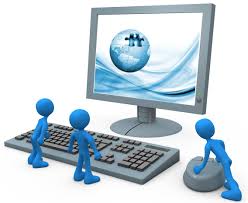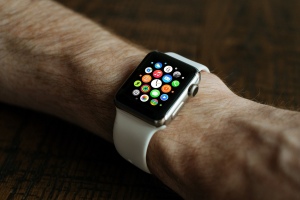If you have been using Microsoft Windows for quite some time, you must have heard (at least a few times) regarding Remote desktop service, which is a very key component of almost all Microsoft Windows versions after Windows 98. The remote desktop service allows you to access another computer in your network from your PC, this way you can work on that PC without having to leave your desk. Through Remote desktop service you can: Use files, applications, network resources and control desktop components, just in a way that you use a computer while sitting on it. Many third party applications have emerged on the web`s surface as well due to high demand of this kind of service/software in the corporate and business world. Much giant size administrative SUITS are incorporating Remote desktop services in them to ensure their users are able to make the most of this latest innovation.
The important thing to consider here is that Remote desktop service works among users who are on the same network. The connection can be wired or wireless, however wired connections are supposed to be a little more reliable, safer and faster. Tough wireless connections are the preferred mode of connection these days; wired connections are always preferred where a high level of security is required. It is critical to find out whether the Remote desktop service, you are using, use any sort of encryption technique before transmitting the data on to the network, or not.
The person who tries to access another PC using Remote desktop service needs to enter the administrator password to access the target resource, which prevents any un-authorized access to the resource. Once he/she enters that password, and the access is granted, he/she can do all sorts of things on the computer and use it just like their own computer.
Remote desktop service is heavily used by network/IT support people to fix any issues in worker`s PCs without having to leave their desk. They can install, uninstall and repair any programs that may be causing the problems. This saves the time in a busy office and helps network administrators to rectify problems in many PCs from the same location.
While a target PC is being accessed via Remote desktop service, it can still be used by its user for most of the core functions. The processing speed might get a little slower because of the multiple access to that PC. Some modern third-party applications offer a variety of options in Remote desktop services, such as denying permissions to delete or alter any files without taking permission from the admin of the target PC. The administrator can also run multimedia files on the target PC and view/listen them while sitting on their own PC. There are various other cool features as well that make it a necessary practice to use Remote desktop service for most of the businesses. As the time progresses we are seeing more use of this service and by the looks of it, it seems as the trend is only going to increase in coming years.
Author Bio
Maegan Pulman is a freelance IT consultant and technology enthusiast. She is active in local and international IT events and is always on the lookout for the latest industry trends.
Remote Desktop Service Monitoring – A Life Saver









